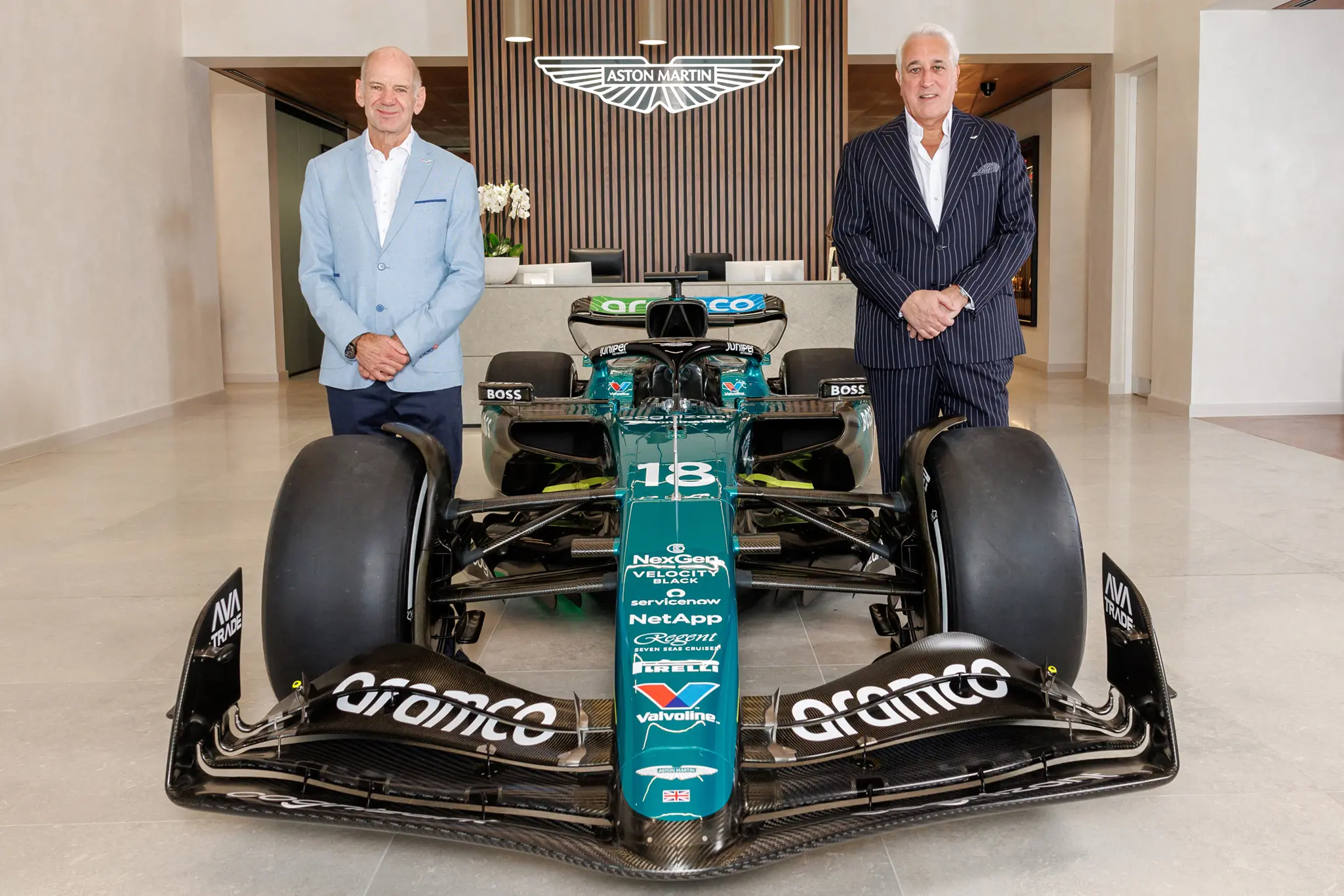Ferrari is under scrutiny for not signing Adrian Newey, a highly regarded Formula 1 designer, as noted by 1992 World Champion Nigel Mansell. When Newey announced his exit from Red Bull, Ferrari was expected to be a strong contender for his services.
However, despite discussions, the negotiations fell apart, leading to Newey joining Aston Martin as their Managing Technical Partner. Mansell believes this move was a wise decision for Newey and criticizes Ferrari for missing out on the opportunity.
Mansell highlighted the strategic advantage Newey’s expertise could have provided Ferrari, stating they should be “licking their wounds” for not acquiring him. He pointed out that joining Aston Martin allows Newey to evade the political complexities and pressures associated with Ferrari. According to Mansell, Newey’s engineering prowess could significantly enhance Aston Martin’s competitiveness, suggesting that the British team is poised for a successful future with him at the helm.

Ferrari’s team principal, Frederic Vasseur, acknowledged the discussions with Newey but explained that they collapsed due to differing visions on his role within the team. Vasseur emphasized the importance of teamwork, suggesting that while Newey is an exceptional talent, the strength of a team lies in its collective efforts rather than in any single individual. This perspective reflects Ferrari’s belief in maintaining a cohesive team dynamic to achieve success.
In contrast, Aston Martin’s owner, Lawrence Stroll, expressed his confidence in Newey, calling him a “bargain” despite the high salary reportedly comparable to that of top F1 drivers. Stroll framed Newey not just as an employee but as a partner and shareholder, suggesting that his contributions will provide immense value to the team. This long-term partnership vision indicates Aston Martin’s commitment to leveraging Newey’s skills for sustained success in Formula 1.
This situation underscores the intricate dynamics of talent acquisition in Formula 1. Ferrari’s reluctance to pursue Newey contrasts sharply with Aston Martin’s proactive approach, raising questions about strategic decision-making in the sport. As the season unfolds, the effectiveness of both teams’ choices will likely become evident, ultimately influencing their standings in the highly competitive world of Formula 1 racing.

